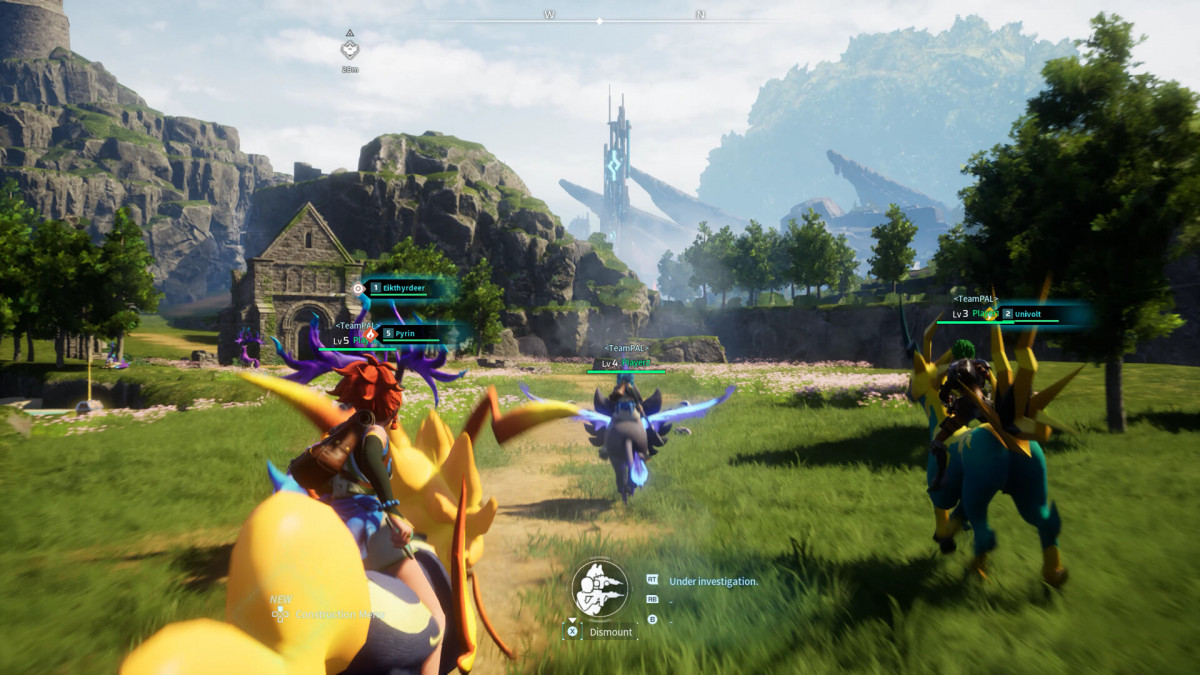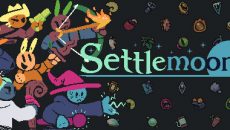(Photo courtesy of: Steam) “”Palworld” features characters that look oddly similar to those from “Pokemon.””
Ekaterina Photis
Connector Editor
“Palworld” is the newest open-world survival game made by Japanese developer, Pocket Pair, that has been taking over the internet since its release on Jan. 19. The game is set on a fictional island filled with a variety of cartoonish monster creatures called “Pals” that the players are made to battle, capture, and utilize to help build their base and collect resources.
While “Palworld” is still in early access, it has blown up around the gaming sphere and sold eight million copies in the first 6 days of its debut. It broke records on Steam for reaching over two million congruent players, making it the second-highest played game of all time on the platform.
As a survival game, the player’s goal is to capture pals and gather resources to level up their base and fight in bigger boss battles. To help automate much of the resource gathering, the player enlists the help of their pals to do things around the base while the character is away, like blasting water onto the garden, or powering a mill or lighting a smithing station. Players can even fly pals around the map or take them into battle to capture other pals.
To do all this, the player needs to keep their pals well fed and well rested to prevent them from becoming visibly distraught. To an extent, it’s up to players how transgressive they want to play, but a happy balance in the game is one that is quite difficult to hold. It will be hard for players to avoid seeing the grueling nature of putting pals to work as their base grows to industrial sizes. There is nothing forcing the player to choose any of the darker options, like eating your pals for food, but that is definitely the default angle that the game leans toward.
Some players have argued that the darker nature of the game is refreshing, as it incorporates the reality of the questionable parts of creature collection games; however, it bares warning that the player will still have to take part in that questionable nature as it is the core of the game’s system.
“Palworld” garnered lots of attention for its rather shameless imitation of other games. Many of the character models are noted to be alarmingly similar to “Pokémon”, causing much controversy over the AI that Pocket Pair used to create them. However, with the copyright laws in Japan as they are, it is seeming that the characters and their legally-distinct-poké-ball’s style are changed ever so slightly enough to not be considered copyright infringement nor warrant legal action. Some argue the success of “Palworld” shows just how lazy Gamefreak has been with the “Pokémon” franchise by not emulating the way Pocket Pair handles evolution mechanics. This is just the first and most talked about comparison to acknowledge, as the gameplay environment and skill tree system are also noted for being quite similar to “Ark”, a survival game made by Studio Wildcard in 2017.
Since “Palworld” so clearly feels like an amalgamation of things other games did very well, it serves to make a very fun and addictive game. However, it feels like a bunch of puzzle pieces that are just next to each other, not creating a full image yet. With the game lacking in any sort of story or narrative engagement, it plays perfectly fine on its own, but it’s better in multiplayer mode with friends to add a social component to your play.
That said, there are plenty of needed tweaks that players are bound to encounter during this stage of development: some animations look strange or unfinished, certain game menus and mechanics could use entire overhauls and there’s some elements that the game is missing entirely that players would really love to see.
The map is seemingly packed with things to explore and experiment with including boss towers, cave dungeons, bandit camps and even towns with NPCs selling pals and merchandise. This all makes the game feel very exciting, but the towns and bandit camps are lacking in any sort of reward or engagement. It’s clear there’s much unfinished in the development of these areas, but they show plenty of potential in all the world building and expansion this game could do beyond early access.
The developers have said that this game is only currently at 60% completion and players will definitely be able to see that, but Pocket Pair has been releasing patches and updates throughout the process of its popularity. Even with all the attention the game has held, to retain players long term they will certainly need to stick to their promises for PvP and more engaging story elements to give the game the much-needed character it’s currently missing.
Final Grade: B




